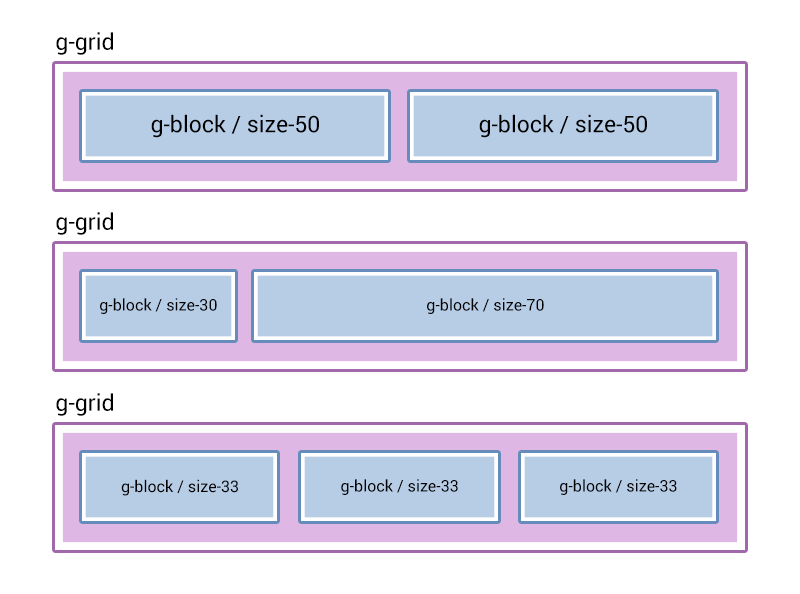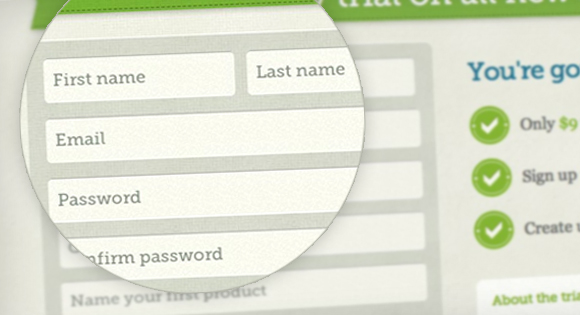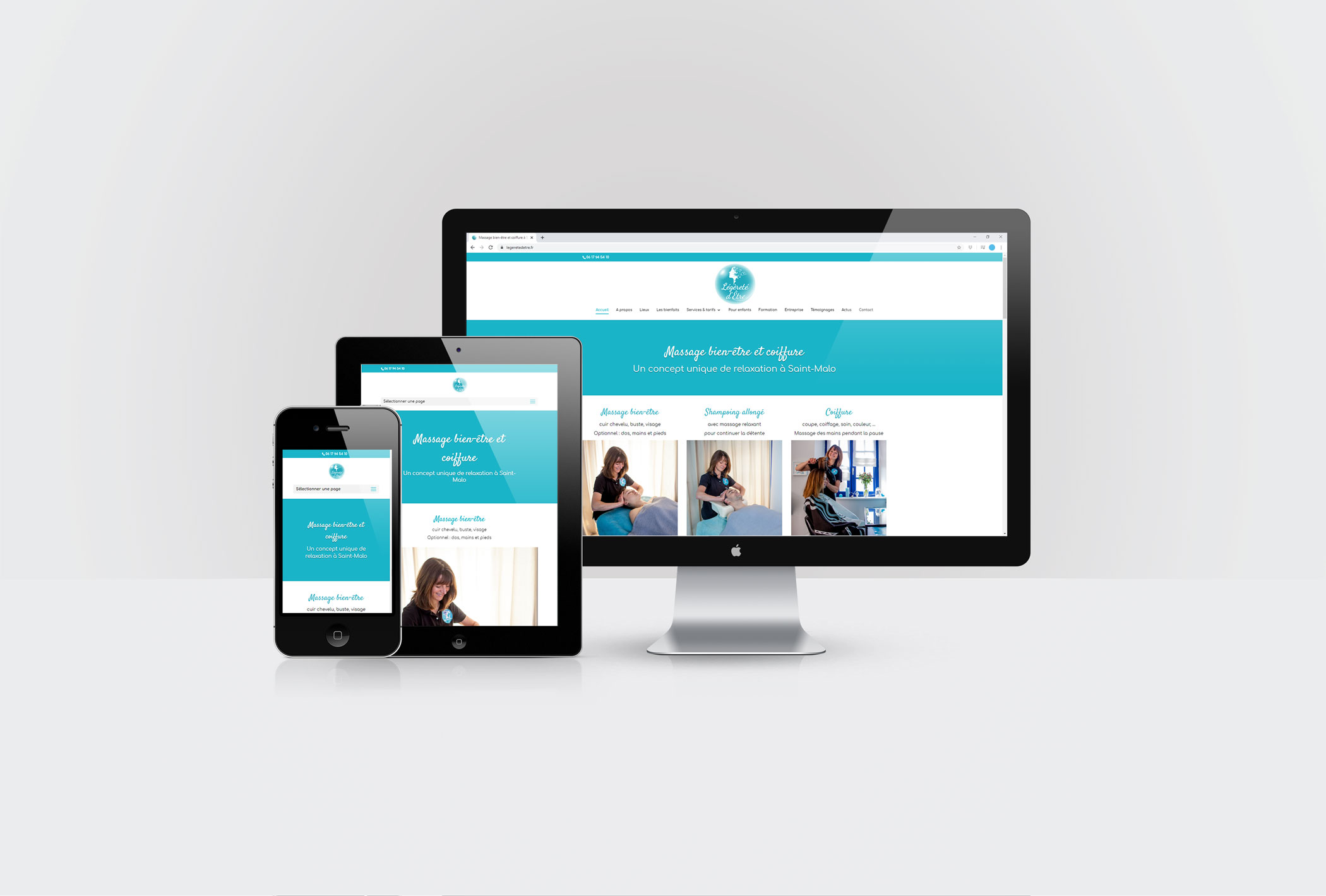
In this article, we'll look at what the average front end designer salary is and what skills you'll need to land this job. This article will also cover the skills you'll need to be successful in this position, such as experience and training. The average salary of a front-end designer is $60,000/year. This figure is similar to that of a full–stack developer. To get started, consider taking a look at the skills needed to become a front end designer.
Average salary for front-end designers
In the United States, the average salary for a Front End Designer is $73,487 a year. However, the national average is higher - $87,502 - than the average pay for this position. San Jose, CA, Oakland CA, Hayward CA are the most highly paid cities. In San Jose, the average salary for Front End Designers is $22,511 above the national average.

On average, entry-level front end developers make $65,407 annually. The salaries of more experienced developers range from $77,000 to $83,000 annually. Senior-level programmers earn an average of $103,000 annually. Their compensation is dependent on location and their experience. They are often the highest-paid designers. A high-level position requires experience, so be prepared to work with multiple clients. You can earn as much as $103,000 per year if you have the right skills and experience.
Average salary for a full-stack programmer
There are many factors that influence the average salary for full-stack developers, such as location and skills. Full-stack developers can be those with the ability to develop both the back-end and front-end of an application. Cloud platforms have made it much easier to create and optimize software. The salary for a full-stack developer of software varies depending on where you live and what company you work for.
Full-stack developers need strong skills in both the front-end and back-end development languages. They should be familiar with HTML and CSS, JavaScripts, PHP, Ruby on Railss, Nodejs and other development languages. A full-stack developer must also be able to put their theoretical knowledge into practice. They can also take online courses or enroll in coding bootcamps to learn the necessary skills.
You need to be a front-end developer.
If you want to become a front-end designer, you'll need to have some knowledge of HTML, CSS3, and JavaScript. HTML is the basic building block for any website. CSS is what you use to style it. Basic websites and apps can be built by learning HTML and CSS. JavaScript is essential for styling, although it is not necessary. Employers may prefer to hire people with these skills.

A recent front-end designer job posting stated that he or she had knowledge of multiple programming languages and held a BA/BS degree in computer science. Additional requirements included knowledge and skills in SASS/MVC frameworks, Git branch management, Git branches, as well knowledge of front-end tools. For this job, communication skills are crucial. If you're willing to put in the effort, these skills can be acquired in your spare time.
FAQ
How do you create a free website.
It depends on what type of website you want to create. Are you looking to sell products online, start a blog, or build a portfolio?
You can make an essential website using only HTML and CSS (a combination of HyperText Markup Language and Cascading Style Sheets). While it's possible to create a simple website using HTML and CSS, most web developers recommend using a WYSIWYG editor such as Dreamweaver or Frontpage.
Hiring a freelance developer is a good option if you don’t have much experience with designing websites. They can help you build a website customized to your needs.
Freelance developers can charge either an hourly or a flat fee. The cost of hiring a freelancer varies depending on how much work they complete within a given timeframe.
One example is that some companies charge $50-$100 for an hour. For larger projects, rates are usually higher.
You can also find jobs on many freelance websites. You could search there first before contacting potential developers directly.
How Do I Choose A Domain Name?
Choosing a good domain name is essential. People won't know where to go if they don't have a good domain name.
Domain names should not be too long, difficult to remember, specific to your brand, or unique. Ideally, you want something that people would type into their browser.
Here are some tips to help you choose the right domain name.
* Use keywords related your niche.
* Do not use (-), hyphens in your numbers and symbols.
* Don't use.net or.org domains.
* Never use words that have already been used.
* Avoid generic terms such as "domain" and "website".
* Check that it is available.
Can I use HTML & CCS to build my website?
Yes! If you've read this far, you should now know how to create a website.
You now know how to build a website structure. Now you need to learn HTML and CSS coding.
HTML stands to represent HyperText Markup Language. This is like writing a recipe. You'd list ingredients, instructions, and directions. HTML allows you to indicate to a computer which portions of text are bold, italicized and underlined. It also lets you know which part of the document is linked. It is the language of documents.
CSS stands for Cascading Style Sheets. It's like a stylesheet for recipes. Instead of listing each ingredient and instructing, you can write down general guidelines for font sizes, colors and spacing.
HTML tells your browser how to create a web page. CSS tells you how.
Don't panic if either of these terms are confusing to you. Follow the tutorials below, and you'll soon be making beautiful websites.
What should I include?
These are the things you should include in your portfolio:
-
Example of your work.
-
Links to your website (if applicable).
-
You can also find links to your blog.
-
These links will take you to social media websites.
-
These links will take you to the online portfolios of designers.
-
Any awards you have been given.
-
References.
-
Examples of your work.
-
Here are some links that will show you how to communicate with your clients.
-
These links show that you are open to learning new technologies.
-
Links showing that you're flexible.
-
Your personality is displayed in the links
-
Videos showing your skills.
Statistics
- The average website user will read about 20% of the text on any given page, so it's crucial to entice them with an appropriate vibe. (websitebuilderexpert.com)
- It's estimated that chatbots could reduce this by 30%. Gone are the days when chatbots were mere gimmicks – now, they're becoming ever more essential to customer-facing services. (websitebuilderexpert.com)
- Did you know videos can boost organic search traffic to your website by 157%? (wix.com)
- It's estimated that in 2022, over 2.14 billion people will purchase goods and services online. (wix.com)
- When choosing your website color scheme, a general rule is to limit yourself to three shades: one primary color (60% of the mix), one secondary color (30%), and one accent color (10%). (wix.com)
External Links
How To
Drupal 7 Web Design Guide
Drupal is one the most widely used Content Management Systems (CMSs) today. It was created by Dries Buytaert, a Belgian developer. Its name is derived from Dirk Buijtewaard's first and last names, Pierre d'Herbemont. Drupal was made open-source in 2005. Since then, many versions have been released. Drupal is widely used today by companies and websites around the globe.
Drupal is extremely popular among website owners due to several reasons. It's easy to use and free to download. It's also very easy to customize it and extend it. It is also very well documented. Fourth, the forum and IRC channels offer great support. Fifth, it can be expanded via modules. Sixth, it supports multiple languages. It is also easily customizable. It can be scaled. It is also secure. Tenth, it's reliable. Finally, it is supported by the community. Drupal is a great choice for your next project because of all these factors.
You may be wondering what makes Drupal different than other CMS systems. It's easy. Drupal is an Open-Source Content Management System. This means that it is freely downloadable and completely free to use. Drupal allows you to have full control of your website. You can add and remove pages, change colors, fonts and images, as well as modify videos.
Drupal is a good choice if you don't have the technical skills to build a website. You don't have to be a programmer to build your website, unlike other CMS. To use Drupal, you only need to understand the basics. Once you have learned how to use Drupal, you can modify your website as it suits your needs.
Another benefit of using Drupal is its many pre-built themes and plugins. These plugins are a great way to enhance the functionality of Drupal. For example, you can use the Contact Form module to collect contact information from visitors. Also, you can use Google Maps to display maps on your website. Drupal comes with many ready-made templates. And these templates give your website a professional look.
Drupal's flexibility makes it extremely flexible. You can add new modules and even replace existing ones without worrying about compatibility issues. You can do it quickly if you want to integrate social media into your website. You can also create RSS feeds and e-mail subscriptions.
Drupal is extremely customizable. Drupal offers many options for customization, including the ability to create custom fields or forms and manage users. Drupal can be used to create complex layouts.
Drupal is reliable and robust. Drupal is both stable and scalable. It has excellent security features. Drupal is a solid web development platform.